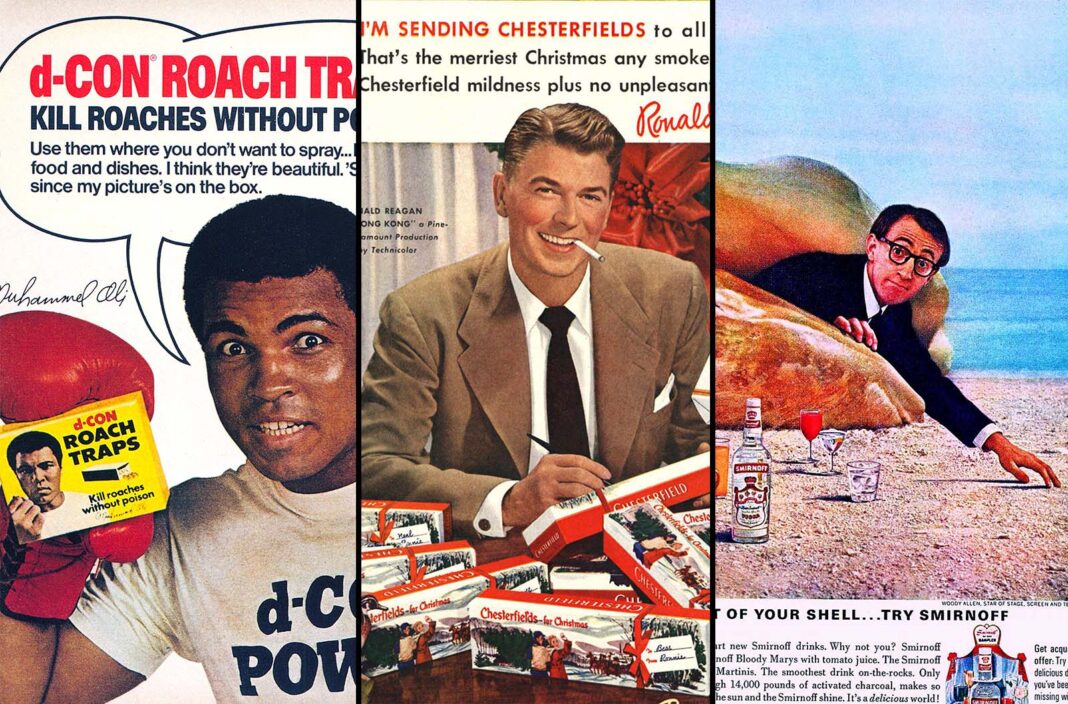Advertising has always been a strange blend of creativity, commerce, and compromise. Behind every glossy campaign lies that familiar moment when exhausted ad executives surrender to an idea that’s just “good enough” to sell — and to bill the client.
The result? Some truly bewildering celebrity endorsements that make modern audiences cringe. From clowns selling car tires to Woody Allen promoting vodka, these pairings raise more eyebrows than they move products.
And then there’s Cher, serenely reading a Bible in a 1971 ad meant to make scripture look “groovy.” Some collaborations simply defy logic.
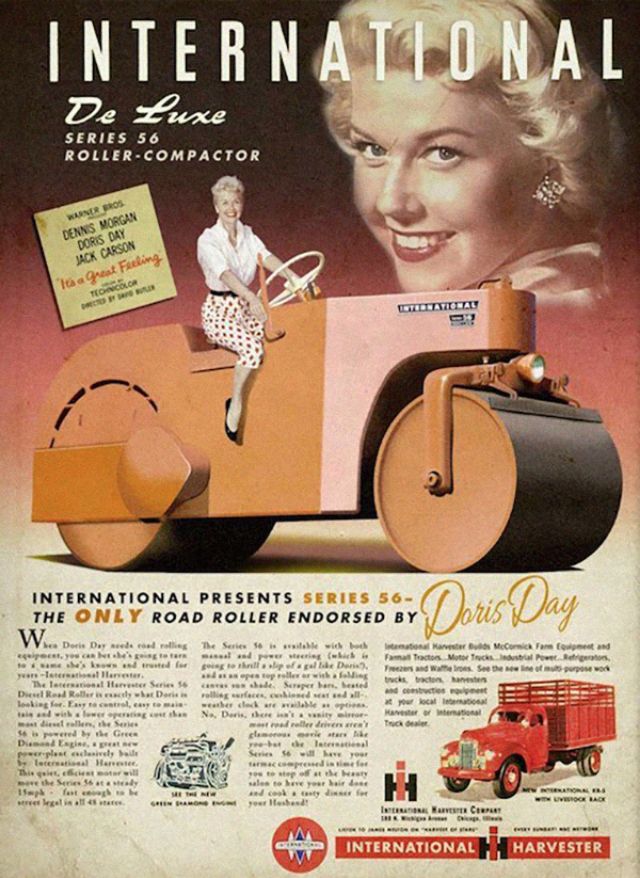
Doris Day for International Harvester.
Celebrity endorsements, however, have been part of marketing for centuries. As early as the 1760s, famous figures were lending their names and faces to everything from tobacco to tonic water.
Long before Instagram influencers, advertisers understood the power of association — if the public admired someone, they might buy whatever that person appeared to enjoy.
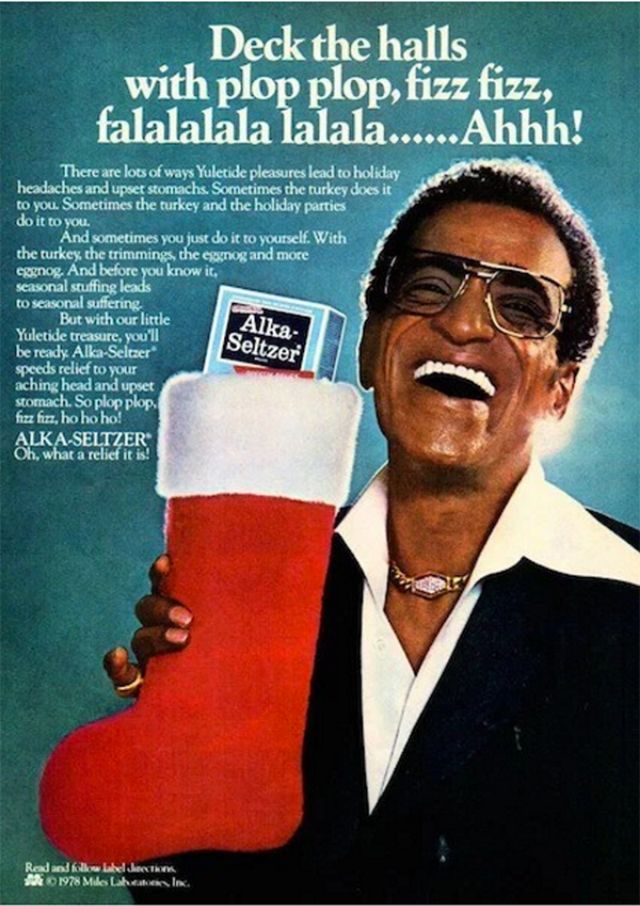
Sammy Davis Jr. for Alka Seltzer.
By the late 19th century, endorsements had become a major trend, though not in the form of billboards or full-page spreads.
Instead, they appeared on small collectible trade cards, tucked into packaging or slipped into shopping bags.
These miniature ads were often colorful, charming, and occasionally absurd, blending product promotion with the faces of public figures who sometimes had little to do with what they were selling.
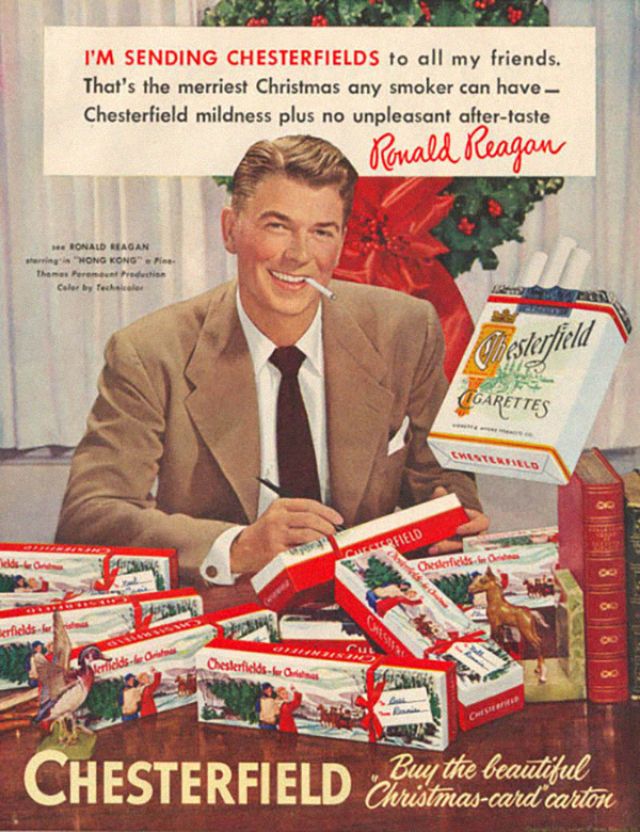
When everyone from Santa Claus to the then-future President of the United States was hawking cigarettes. Ronald Reagan himself did not actually smoke, but his modeling relationship with the tobacco industry dates to at least the 1930s.
The true boom came in the early 20th century. By the 1930s, famous athletes were endorsing everything from cigarettes to soap.
A decade later, Hollywood joined in. With the arrival of “talkies” in the 1940s, movie stars became advertisers’ favorite faces.
Soon, the notion of a celebrity endorsement expanded — television personalities, musicians, and public figures of all kinds began cashing in on their fame. The ads grew bolder, flashier, and sometimes shockingly tone-deaf by today’s standards.
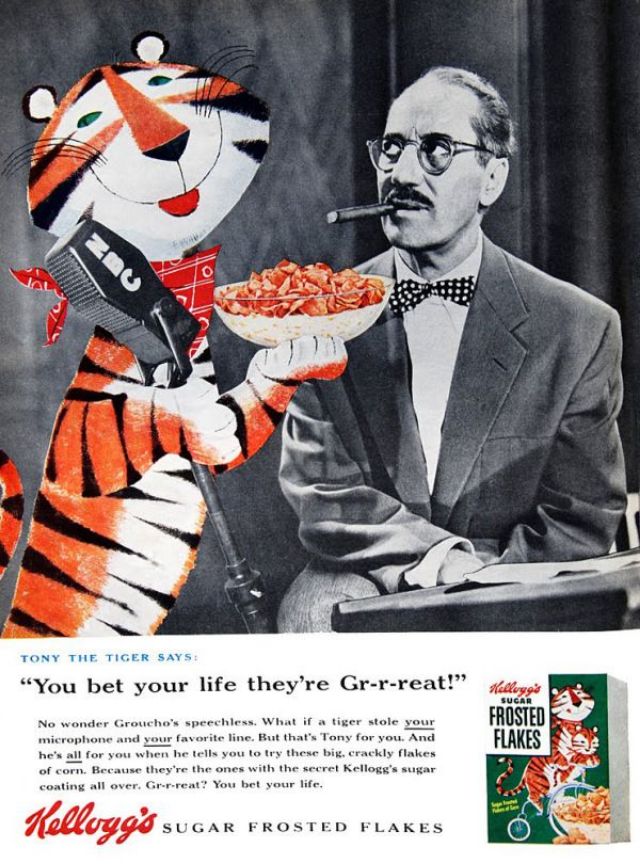
Groucho Marx for Kellogg’s Frosted Flakes.
What makes these vintage campaigns so fascinating is how utterly unregulated they were. There were few rules about what could be promoted or who could promote it.
Cigarettes and liquor were casually advertised by beloved stars without a second thought. Looking back, these pairings feel both humorous and unsettling — a snapshot of a time when fame alone was reason enough to sell anything.
They remind us that the art of persuasion has always walked a fine line between charm and absurdity, leaving behind a treasure trove of cringe-worthy endorsements that are as entertaining as they are baffling.
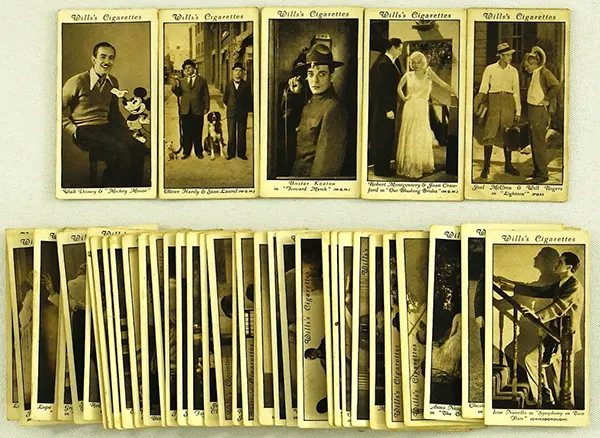
Cigarette trading cards featuring Walt Disney and Micky Mouse as well as silent film star Buster Keaton.

Humphrey Bogart for Whitman’s Sampler.
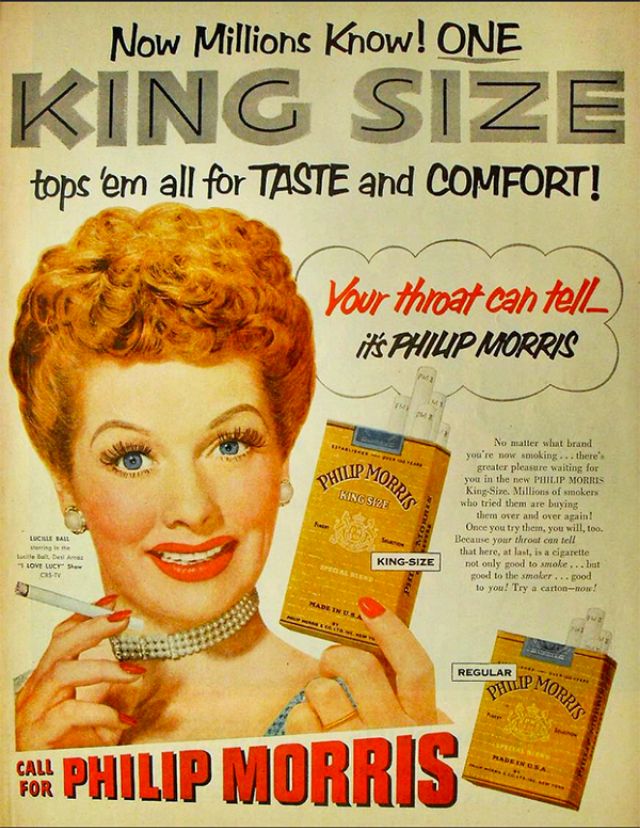
Lucille Ball for Phillip Morris.
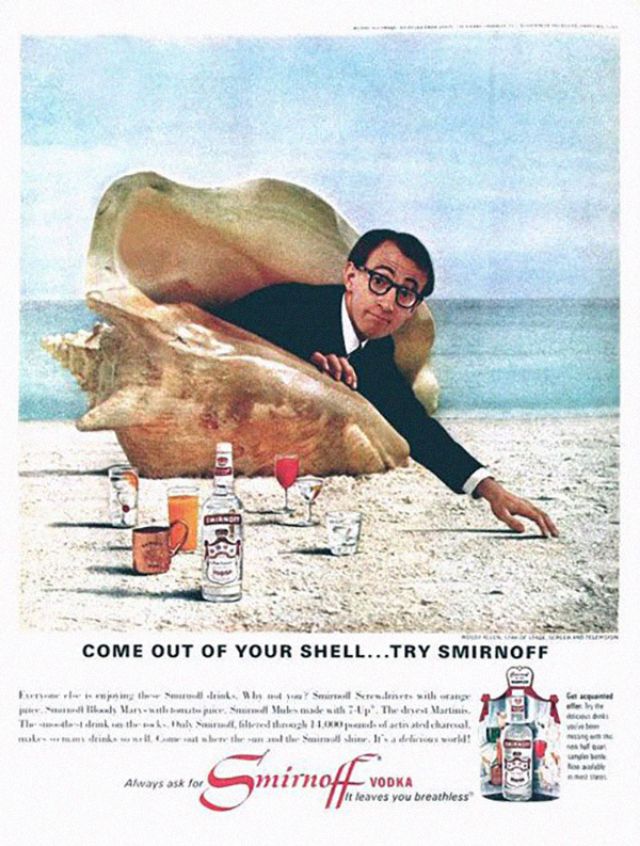
Woody Allen for Smirnoff Vodka.
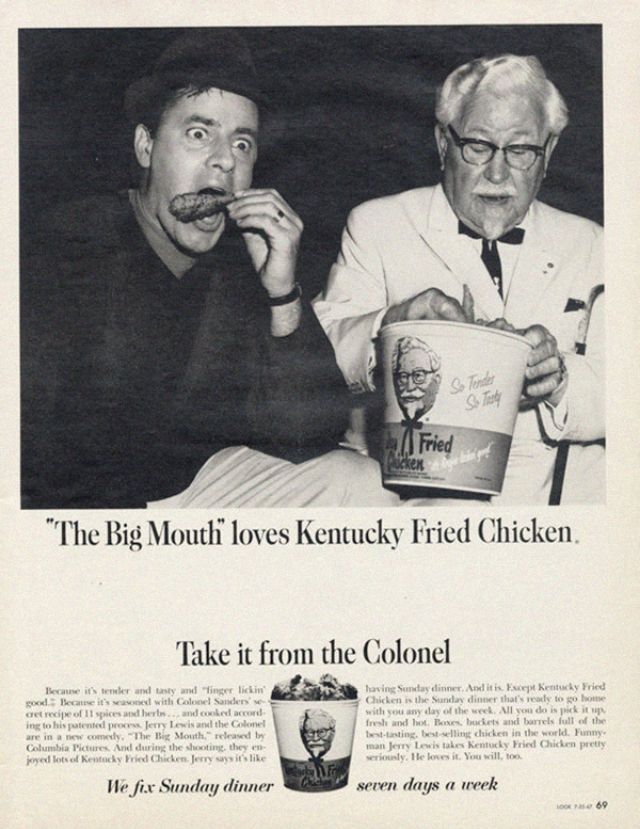
Jerry Lewis for Kentucky Fried Chicken.
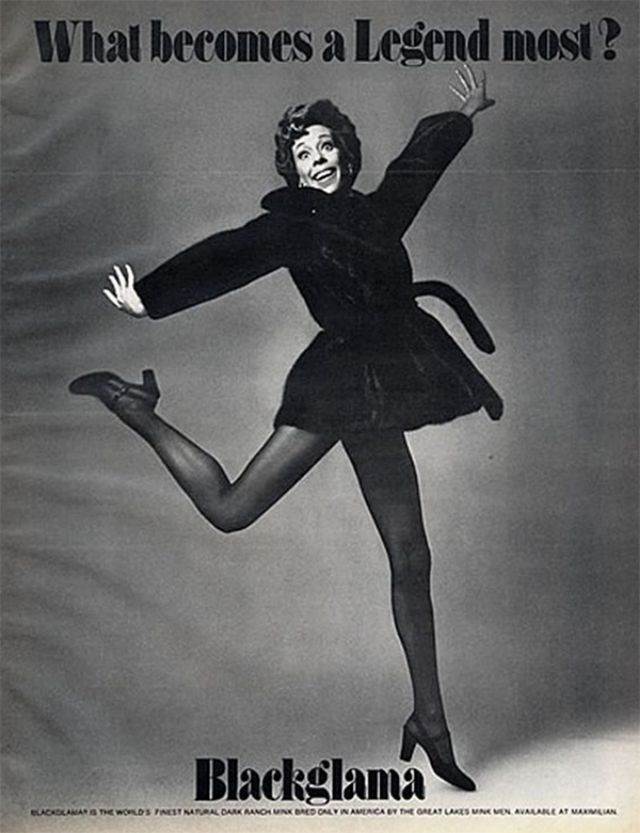
Carol Burnett for Blackgama Mink.
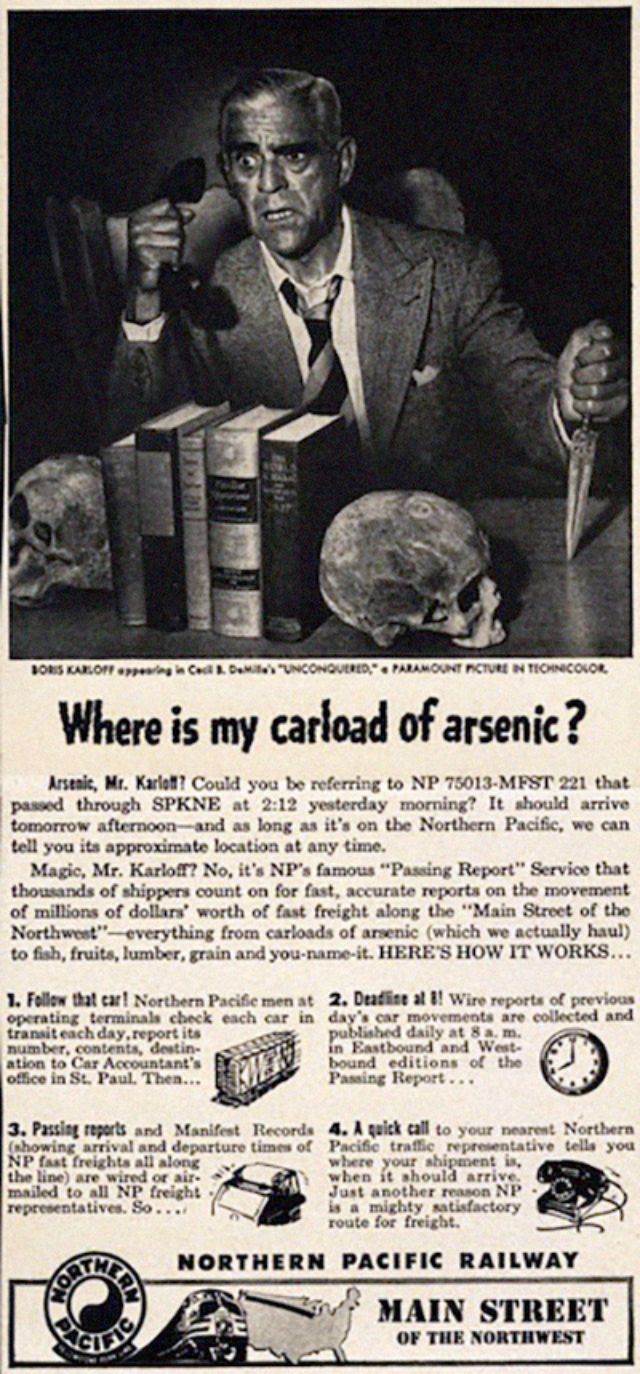
Boris Karloff for Northern Pacific Railway.
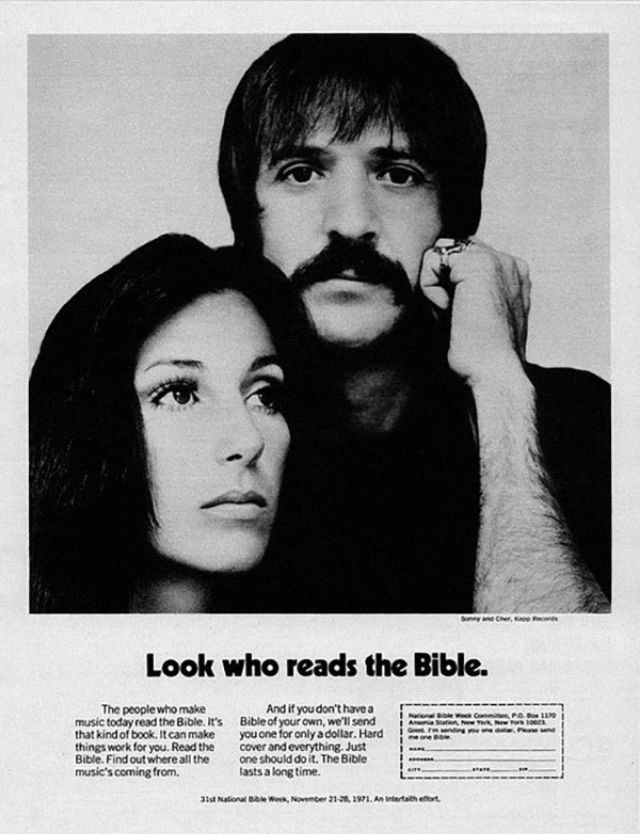
Sonny and Cher for the Bible.
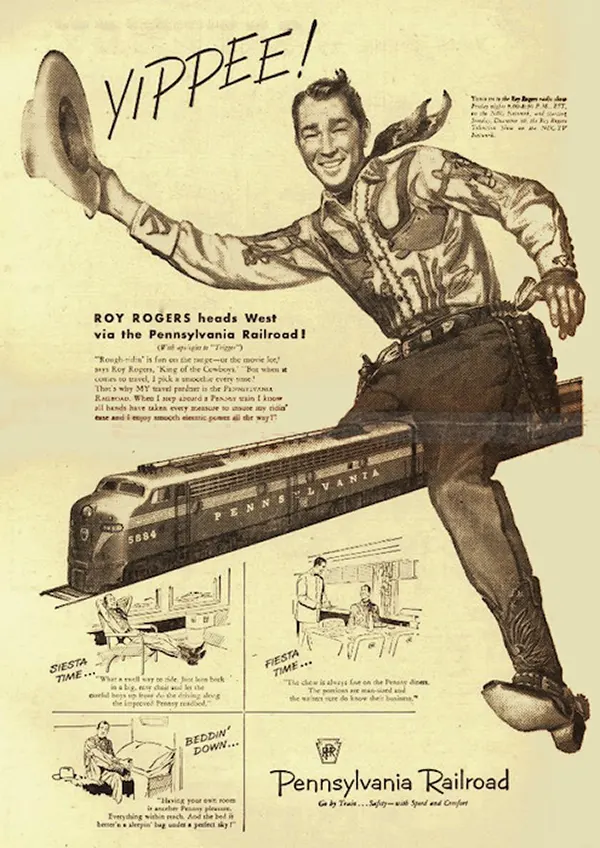
Was everyone asleep at the switch when they approved this 1951 newspaper ad for the Pennsylvania Railroad? It features the normally wholesome radio and movie star Roy Rogers.
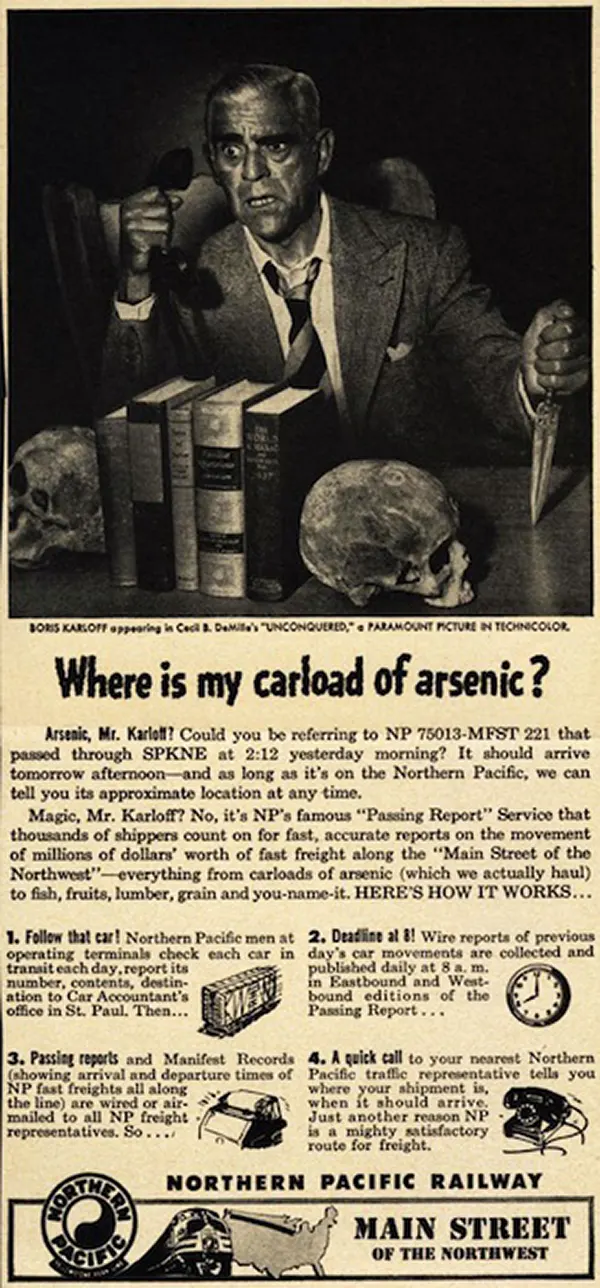
By 1947, Boris Karloff had parlayed his monster-movie reputation (“Frankenstein” in 1931, “The Mummy” in 1932) into this weird “Time” magazine ad for the Northern Pacific Railway Company.

In 1952, Metropolitan Opera soprano Patricia Munsel claimed that Camels were easy on her throat.
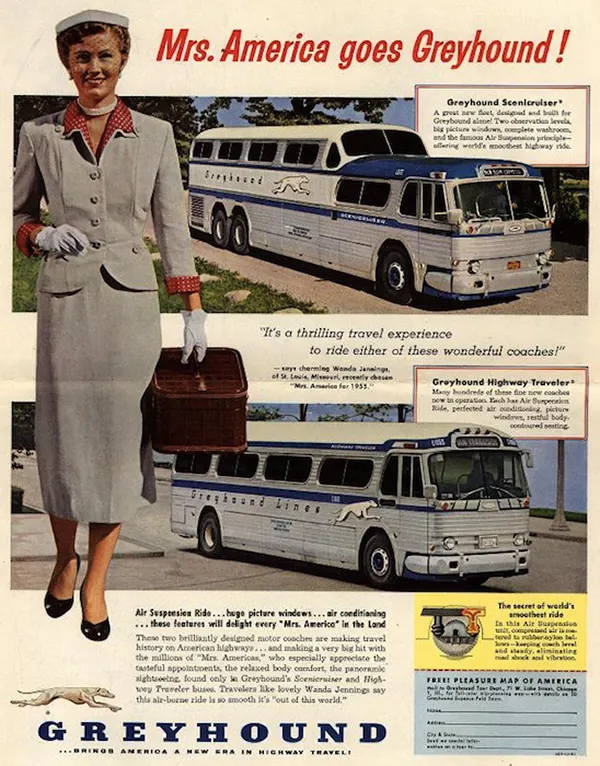
When Wanda Jennings was named Mrs. America of 1955, little could she have imagined that her reward would include a “thrilling” ride on a Greyhound, as seen in this ad from “The Saturday Evening Post.”
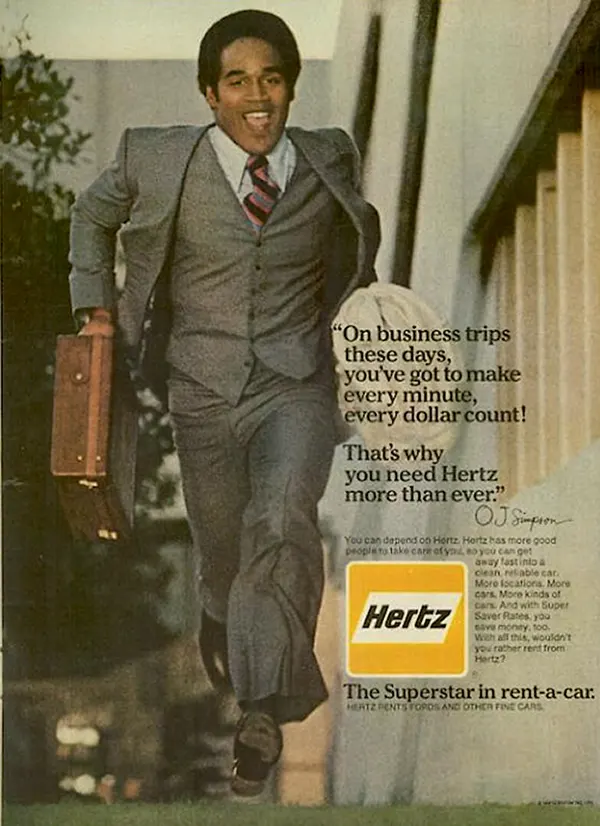
Throughout the mid-1970s, former football star O.J. Simpson did countless print and TV ads for Hertz, many of which showed him running through airports.

In 1984, the year Apple launched the Mac, then-Microsoft CEO, Bill Gates, was touting the virtues of Radio Shack’s Tandy 2000.
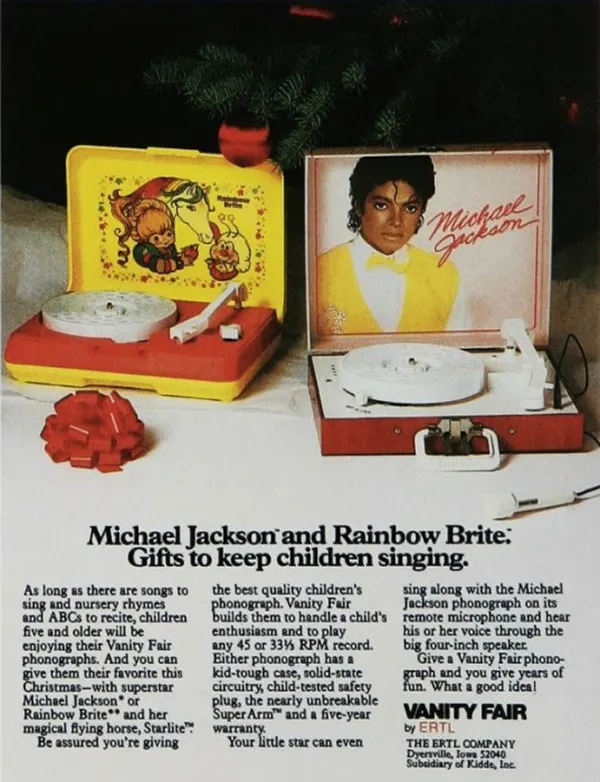
In 1984, still reaping the harvest known as “Thriller,” Michael Jackson licensed his likeness on any number of products, including this children’s record player made by Ertl.
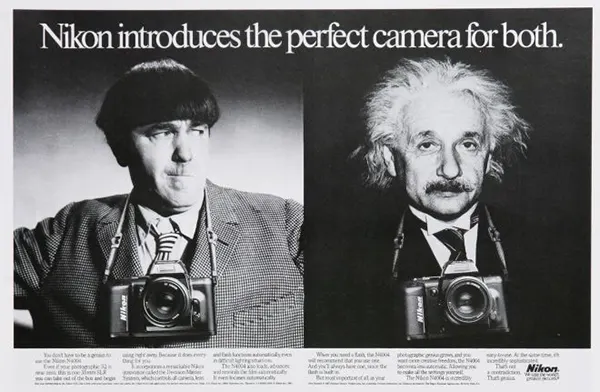
In 1987, Nikon apparently thought that photographers whose intelligence fell somewhere between Moe’s of the Three Stooges and Albert Einstein’s would be prompted to buy one of its high-end cameras.
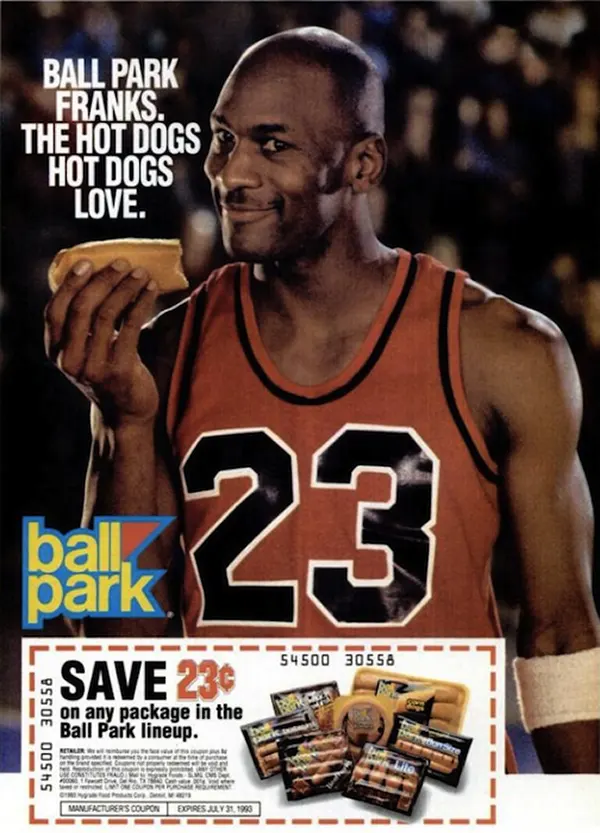
Among the less glamorous items basketball legend Michael Jordan has endorsed are hot dogs, as in this ad from 1993.
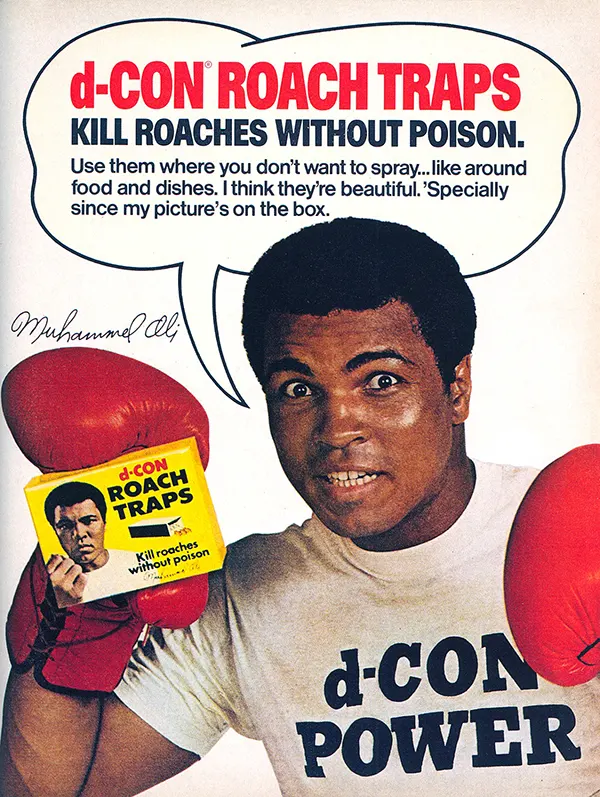
Why is Muhammad Ali endorsing roach traps?
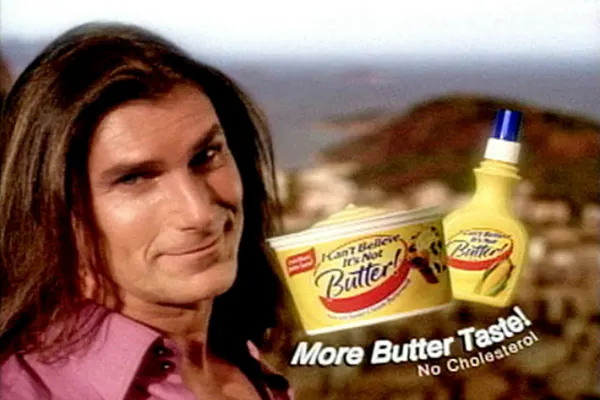
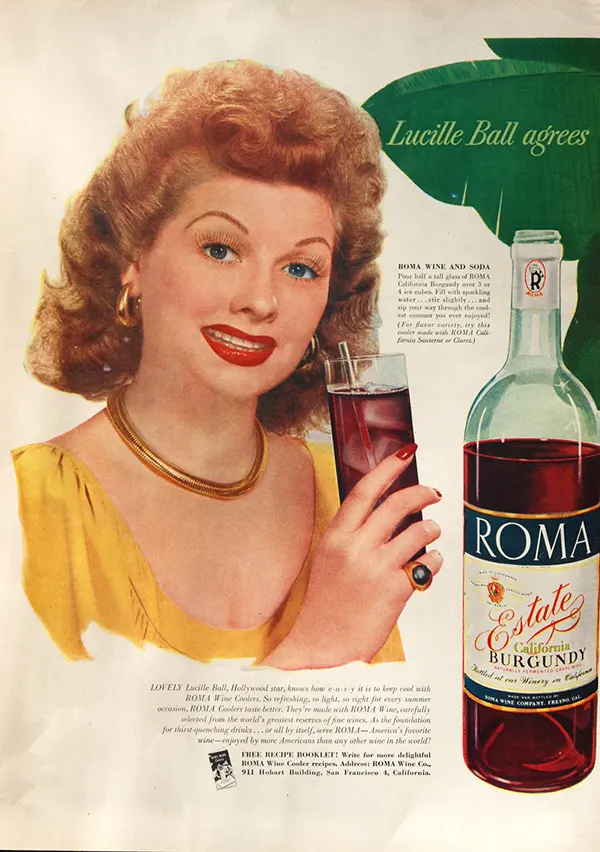
Wine sprinkled with ice? Nice touch, Mrs. Ball.
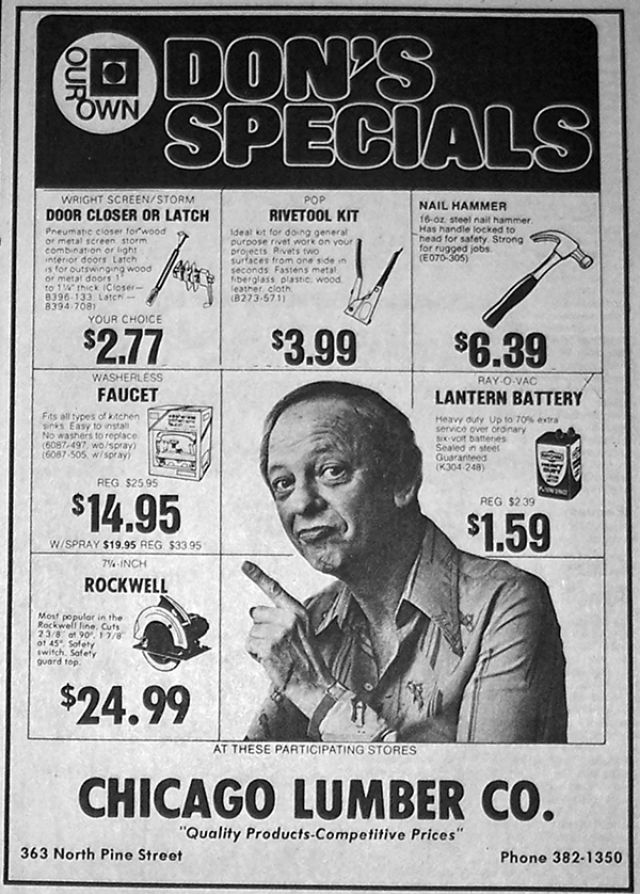
Don Knotts for Chicago Lumber Co.
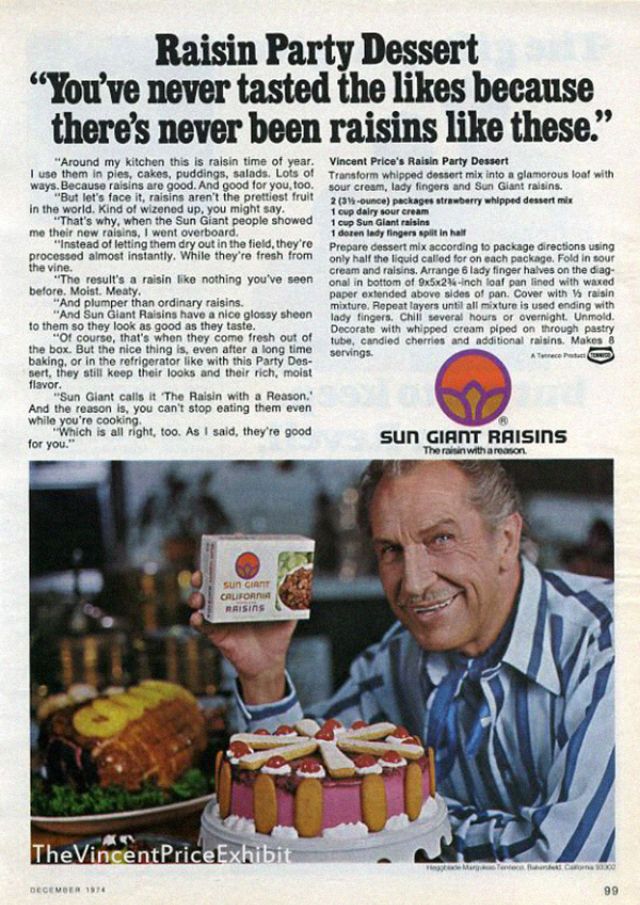
Vincent Price for Sun Giant Raisins.
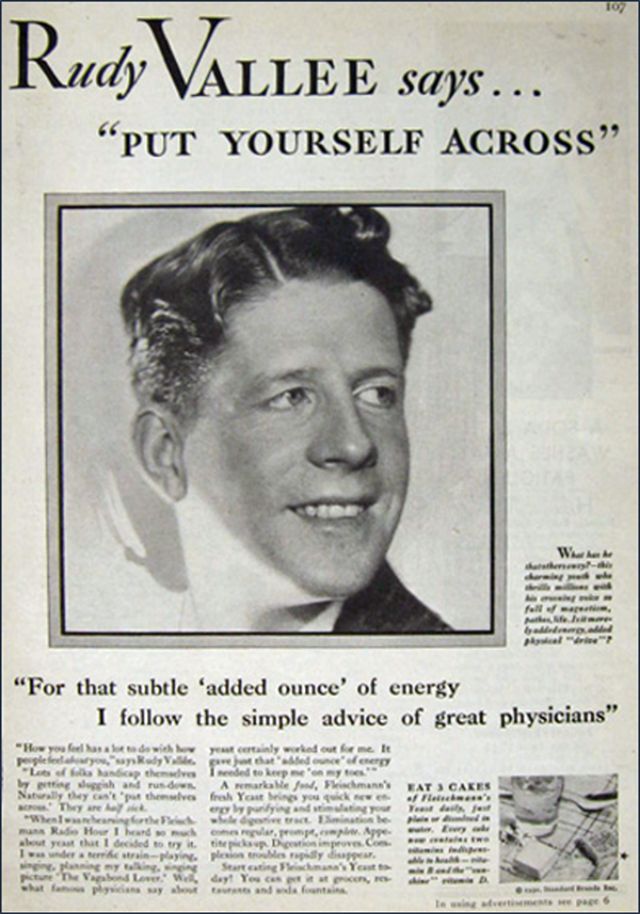
Rudy Vallée for Fleischmann’s Yeast.
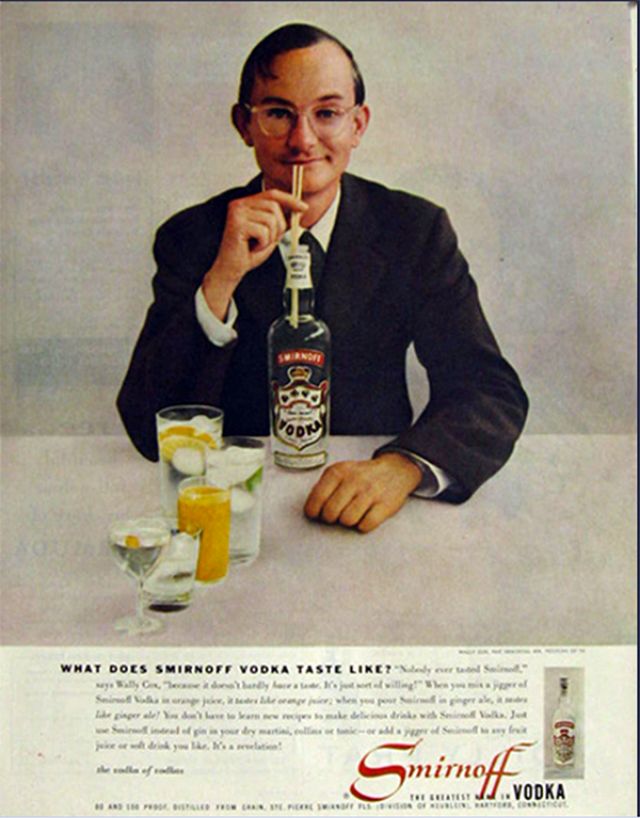
Wally Cox for Smirnoff Vodka.

Future President Trump advertising his steaks.

Snoop Dogg and Martha Stewart.
(Photo credit: Ad Access Project at Duke University / Vintage Ad Browser / Pinterest / Wikimedia Commons / RHP).
